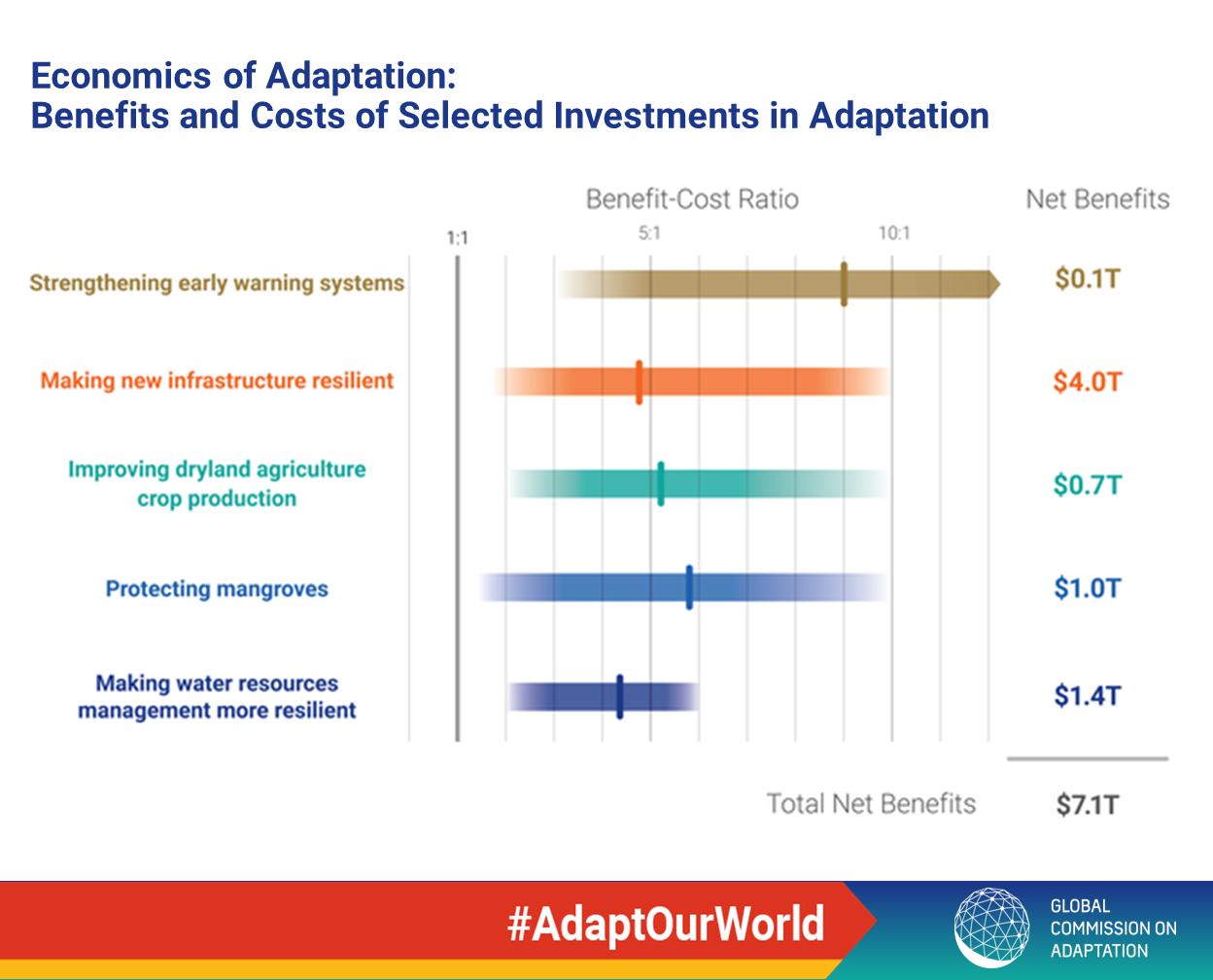Insurance experts call for industry to better adapt to changing climate
Unprecedented payouts for natural disasters have underlined the need for new innovation in insurance – which could include open-source risk modelling.
A
punishing recent run for global insurance companies has emphasized how the industry must adapt in order to meet the challenges posed by the climate crisis.
According to reinsurer Swiss Re, 2017 and 2018 were the worst two years on record for natural disaster-related losses, with companies paying out $225 billion in what the Financial Times has described as a “new 9/11.”
A new paper submitted by risk-transfer experts to the Global Commission on Adaptation emphasizes how the insurance industry must shift focus as climate-related shocks such as hurricanes, floods and extreme drought become more frequent.
The paper, Insurance for Climate Adaptation: Opportunities and Limitations, calls for the development of open-source models projecting multiple scenarios for both climate events and related losses in both the near- and long-term.
Keeping this data freely accessible is crucial to ensuring the cooperation between the private and public sector needed to confront the crisis. “This will ensure that they can be used to support public and private insurance mechanisms, including the piloting of insurance innovations, without the pressure to recoup costs from commercial transactions,” write authors Professor Paula Jarzabkowski, of Cass Business School, and Dr Kostantinos Chalkias, of the University of London.
Government participation is crucial, not only for providing alternative sources of insurance in the event of inadequate private-sector cover, but also to ensure the integration of the underlying risk models into national climate-adaptation strategies.
“First and foremost, insurance provides financial resilience, the capital to support response and recovery. However, if it leads purely to reconstruction of what was destroyed, without doing so in a manner more adapted to climate change, then the underlying vulnerability remains unchanged,” the report warns.
Among its recommendations are the use of risk models developed by private insurance to identify weak points, allowing government to respond with climate-resilient adaptations, such as hurricane warning systems and flood defences.

Developing countries are particularly in need of such collaborative strategies. “Countries and communities with limited resources and low income usually also have low insurance penetration, and do not have a sophisticated identification and register of risks,” says the report. “The development of risk information and modelling in such countries is often only stimulated by serious consideration of insurance either by governments, development agencies, or insurance companies seeking a new market.”
One encouraging example of innovative action cited by the report was the purchase of pooled insurance by 20 Caribbean countries in the wake of Hurricane Ivan in 2004 – the so-called Caribbean Catastrophe Risk Insurance Facility. Even following this, the metereological risk analysis for the region remained sketchy, but the company addressed the problem with the help of a Japanese government grant that funded further research. The report stressed the potential for machine learning and digitization to help bridge these kinds of modelling gaps.
The ultimate aim of a climate-adapted insurance industry would not be merely to react to and recompense individual events, but to instigate an overall “Build Back Better” strategy that would then be priced back into insurance products.
Without public-private collaboration driving greater preparedness, the insurance industry risks being blindsided by the climate crisis. “Loss creep” from last year’s Typhoon Jebi in Japan is estimated to have pushed insurer costs up from $6 billion to approximately $15 billion.
Munich Re’s chief climatologist, Ernst Rauch, has warned of rising premiums due to climate events – which would have repercussions for both people in at-risk regions seeking cover and the long-term viability of the industry.
“If the risk from wildfires, flooding, storms or hail is increasing then the only sustainable option we have is to adjust our risk prices accordingly,” he said recently. “In the long run it might become a social issue. Affordability is so critical [because] some people on low and average incomes in some regions will no longer be able to buy insurance.”
The ideas presented in this article aim to inspire adaptation action – they are the views of the author and do not necessarily reflect those of the Global Center on Adaptation.